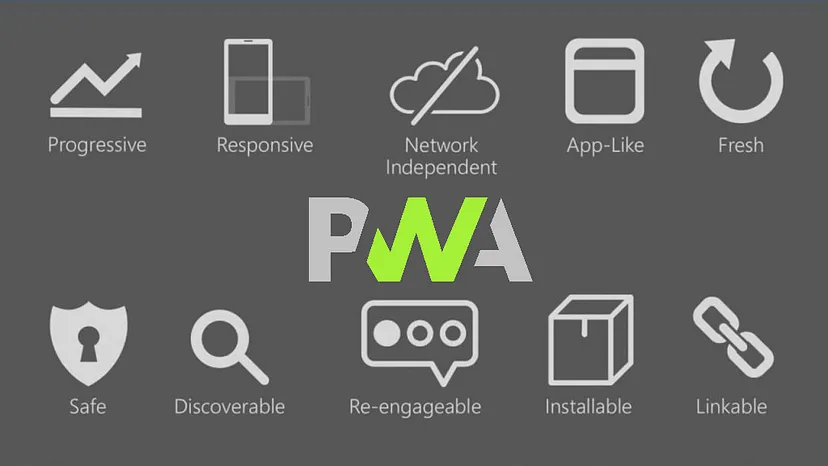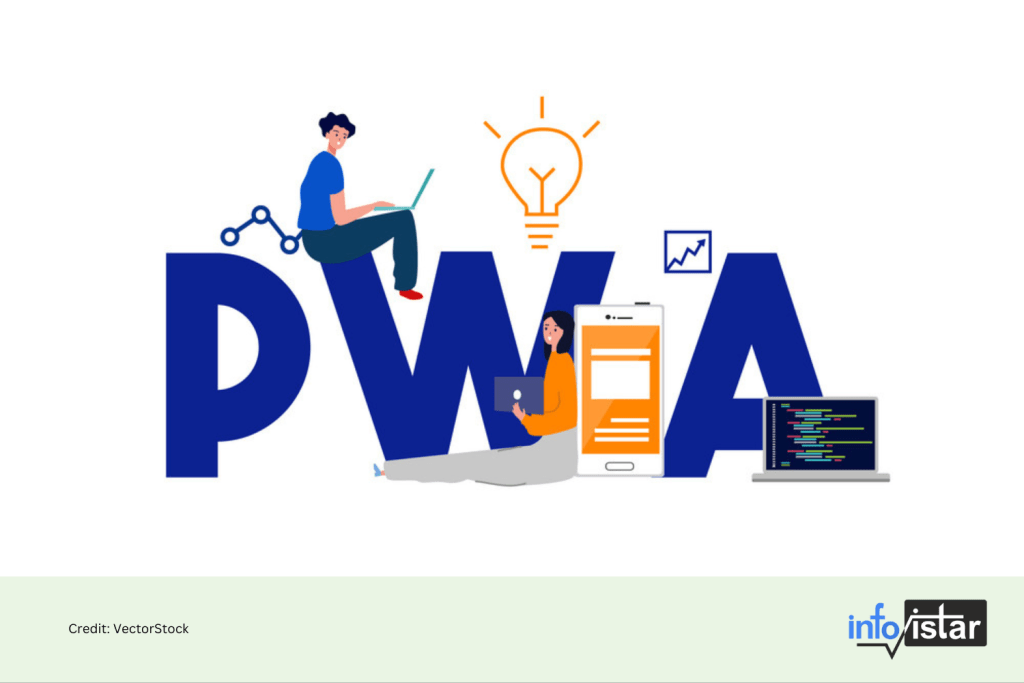Progressive Web Apps (PWAs) have emerged as a game-changer, revolutionizing the way users interact with websites. Combining the best of web and mobile applications, PWAs offer a seamless and engaging user experience. Let’s dive into the world of Progressive Web Apps and explore their features, benefits, and how they are reshaping the future of the web.
What are Progressive Web Apps?
Progressive Web Apps are a type of web application that leverages modern web technologies to provide a native app-like experience to users. These applications are designed to be fast, reliable, and responsive, ensuring a smooth user experience on a variety of devices and networks. PWAs are built using standard web technologies such as HTML, CSS, and JavaScript, but they come with additional capabilities that make them stand out.

Key Features of PWAs:
- Offline Functionality: One of the standout features of PWAs is their ability to work offline. PWAs use service workers, which are scripts that run in the background, to cache resources and enable offline access. This ensures that users can still access content and functionality even when they are not connected to the internet.
- Responsive Design: PWAs are designed to be responsive, adapting to different screen sizes and orientations. This responsive design ensures a consistent and enjoyable user experience on desktops, tablets, and smartphones.
- App-Like User Experience: PWAs provide a native app-like experience, with smooth animations, gestures, and navigation. Users can add PWAs to their home screens, making them easily accessible and blurring the lines between web and native applications.
- Push Notifications: PWAs can send push notifications to users, keeping them engaged and informed even when the app is not open. This feature enhances user re-engagement and is a powerful tool for communication.
- Secure Connections: PWAs are served over HTTPS, ensuring a secure connection between the user and the app. This is crucial for protecting sensitive data and building trust with users.
Benefits of Progressive Web Apps:
- Improved Performance: PWAs are designed for speed, providing a faster and more responsive user experience compared to traditional web applications.
- Cost-Effective Development: Since PWAs can be built using standard web technologies, developers can create a single codebase that works across different platforms, reducing development time and costs.
- Increased Engagement: The app-like experience, offline functionality, and push notifications contribute to higher user engagement and retention.
- Easy Updates: PWAs can be updated seamlessly without requiring users to download and install updates. This ensures that users always have access to the latest features and improvements.
Also read: The Best Tech Stack to Develop Web Apps in 2024
PWAs Pros
- Progressive: PWAs work for every user, regardless of the browser chosen because they are built at the base with progressive improvement principles.
- Responsive: They adapt to the various screen sizes: desktop, mobile, tablet, or dimensions that can later become available.
- App-like: They behave with the user as if they were native apps, in terms of interaction and navigation.
- Updated: Information is always up-to-date thanks to the data update process offered by service workers.
- Secure: Exposed over HTTPS protocol to prevent the connection from displaying information or altering the contents.
- Reactivable: Make it easy to reactivate the application thanks to capabilities such as web notifications.
- Installable: They allow the user to “save” the apps that he considers most useful with the corresponding icon on the screen of his mobile terminal (home screen) without having to face all the steps and problems related to the use of the app store.
- Linkable: Easily shared via URL without complex installations.
- Offline: Once more it is about putting the user before everything, avoiding the usual error message in case of weak or no connection.
PWAs Cons
- Lack of App Store opportunities: PWAs may miss out on the traffic that comes from being listed in an app store.
- High battery usage: PWAs can consume more battery power compared to native apps.
- Difficulty accessing features: PWAs can have limits to their functionality on some operating systems, particularly iOS. Additionally, they can’t take advantage of all device capabilities, which can impact access to NFC, Bluetooth, proximity sensors, camera controls, or geofencing.
Applications of Progressive Web Apps:
- E-Commerce: PWAs are widely used in e-commerce platforms to provide users with a seamless shopping experience, even in areas with slow internet connections.
- Media and Content Delivery: News websites and content platforms leverage PWAs to ensure users can access articles, videos, and other content even when offline.
- Productivity Tools: Various productivity tools and business applications use PWAs to enable users to work on tasks and access information regardless of their internet connection.
- Travel and Tourism: PWAs in the travel industry allow users to access travel information, make bookings, and get directions, even without a reliable internet connection.
PWAs have been adopted by many big brands like Uber, Spotify, Forbes, Pinterest, and many more.
In conclusion, Progressive Web Apps represent a significant shift in the way we approach web development. By combining the best features of web and native applications, PWAs offer a compelling solution for businesses and developers looking to provide a top-notch user experience. As the web continues to evolve, Progressive Web Apps are likely to play a central role in shaping the future of online interactions. Embracing this technology can lead to improved performance, increased user engagement, and a more cost-effective approach to app development.

